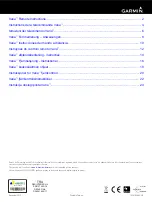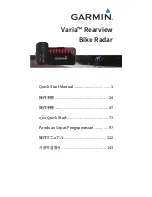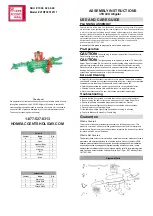
10-25
10. D-STAR OPERATION (ADVANCED)
You can save repeater information for quick and
simple communication in up to 2500 repeaters
(repeater list) on up to 50 Groups.
Data must be in the repeater list to use the DR
function. You can add and edit repeater content and
groups in the repeater list.
You can enter 6 types of frequencies into the repeater
list, as shown below:
•DV Repeater
•DV Simplex
•FM Repeater
•FM Simplex
•DD Repeater
•DD Simplex
D
Repeater list contents
The following contents are included in the repeater list:
See page 10-26 for details.
•TYPE:
Communication type
•NAME:
Repeater name
•SUB NAME:
Repeater sub name
•CALL SIGN:
Repeater call sign and port letter
•GW CALL SIGN: Gateway repeater’s call sign and
port “G”
•GW IP ADDRESS: Gateway IP address
•GROUP:
Repeater group
•USE(FROM):
Access repeater use
•FREQUENCY:
Access repeater’s frequency
•DUP:
Duplex direction
•OFFSET FREQ: Frequency offset
•TONE:
Tone setting
•REPEATER TONE: Repeater tone
•POSITION:
Position data accuracy level
• LATITUDE:
Latitude of the repeater
• LONGITUDE:
Longitude of the repeater
•UTC OFFSET:
UTC Offset
Example:
“Hirano” repeater information
TIP:
• For easy operation, the repeater list is preloaded
into your transceiver. However, if you do an
All Reset, the CPU deletes all setting data, the
Memory channels, and the repeater list. We
recommend that you back up the memory data to
an SD card or save it to a PC using the
CS-9700
cloning
software
.
• The repeater list can be downloaded from the
Icom website.
http://www.icom.co.jp/world/support/download/firm/index.html
Repeater list
















































